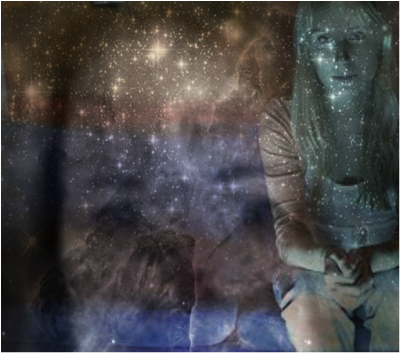
What I experienced was a form of dissociation, “an adaptive defense in response to high stress or trauma characterized by memory loss and a sense of disconnection from oneself or one's surroundings.”
Dissociation varies in severity, existing as a spectrum from mild dissociative symptoms to dissociative disorders including dissociative amnesia, depersonalization/derealization disorder, and dissociative identity disorder (previously called multiple personality disorder).
Symptoms of dissociation depend on the severity and type of condition, but may include:
• Feeling disconnected from yourself
• Problems with handling intense emotions
• Sudden and unexpected shifts in mood – for example, feeling very sad for no reason
• Depression or anxiety problems, or both
• Feeling as though the world is distorted or not real (called ‘derealisation’)
• Memory problems that aren’t linked to physical injury or medical conditions
• Other cognitive (thought-related) problems such as concentration problems
• Significant memory lapses such as forgetting important personal information
• Feeling compelled to behave in a certain way
• Identity confusion – for example, behaving in a way that the person would normally find offensive or abhorrent.
Dissociation is commonly treated with talk therapy, which usually focuses on acknowledging and processing painful emotions. Dialectical behavioral therapy can also help clients reduce dissociative symptoms and improve their coping skills. Since dissociative disorders are often linked to trauma, therapies such as eye movement desensitization and reprocessing (EMDR) can be used to help process traumatic events and facilitate healing.
While my experiences with dissociation have been rare and temporary, many people who suffer from dissociative disorders go for years without receiving treatment, since these disorders are often misdiagnosed as bipolar disorder, attention deficit disorder, anxiety, or depression. However, with the right combination of treatment, clients can get better over time.











 RSS Feed
RSS Feed